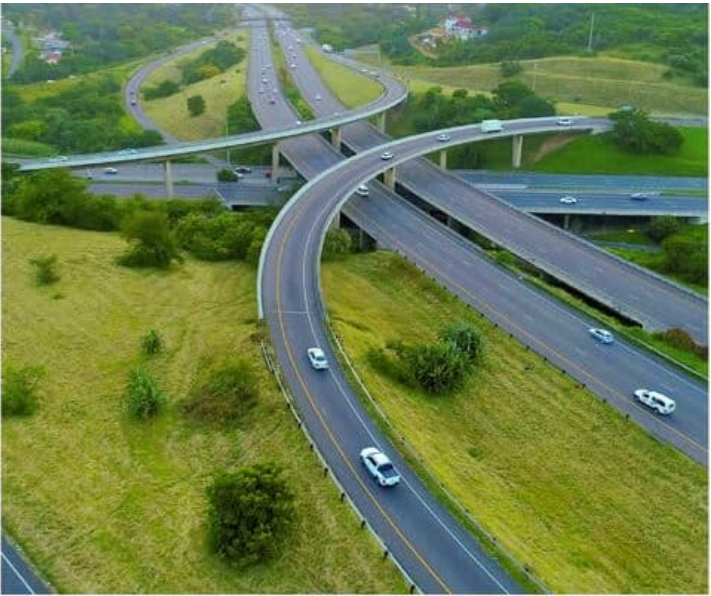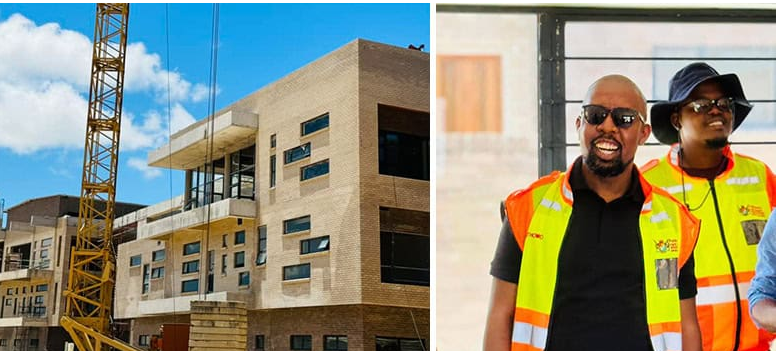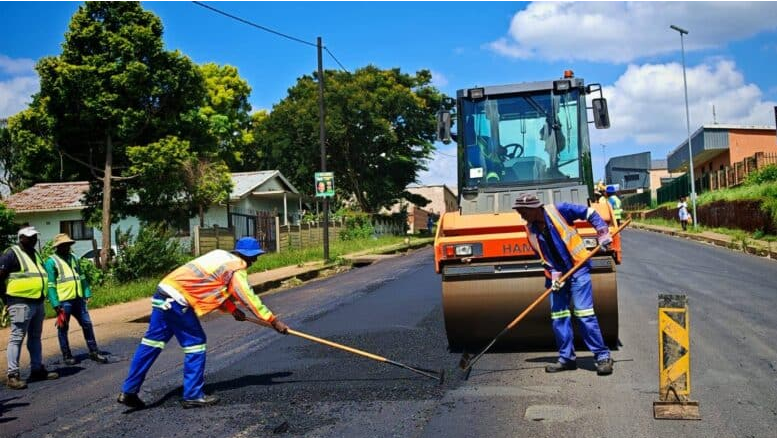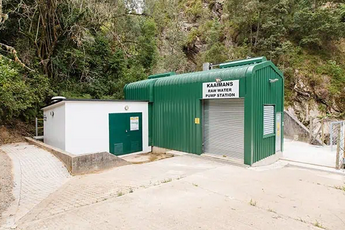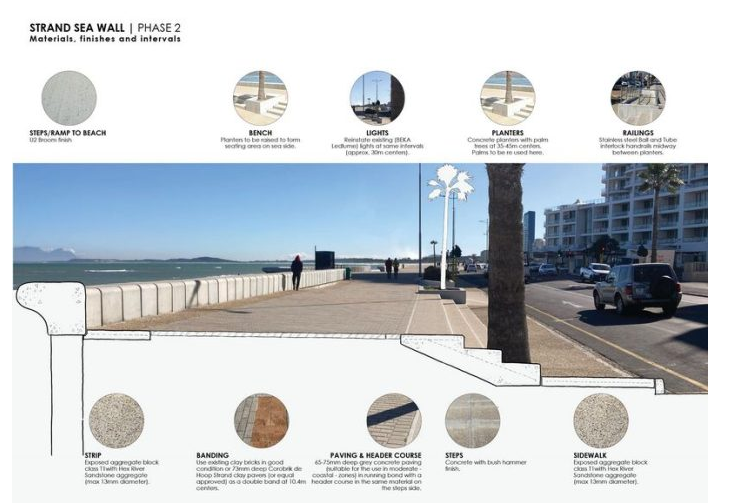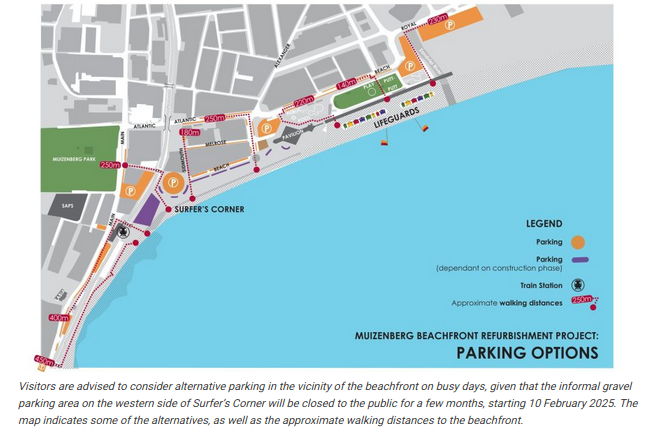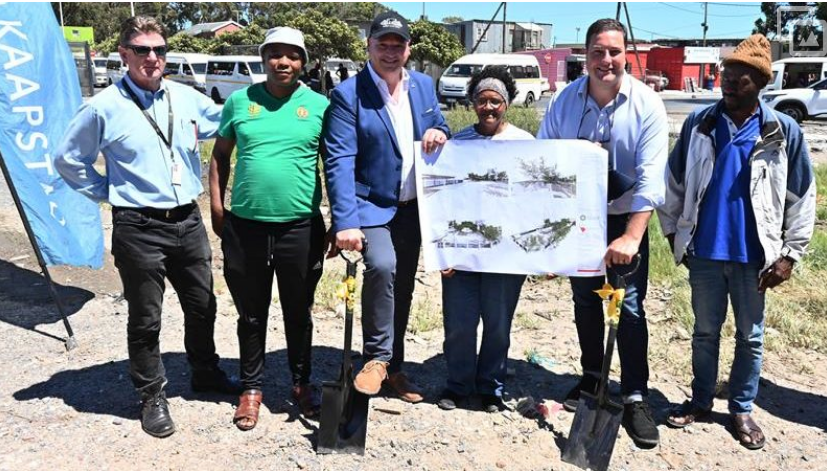R8.8 billion construction funding for massive telescope — how South Africa will benefit

Advertising
11-01-2022
Read : 422 times
My Broadband
Source
Infrastructure work at the Square Kilometre Array (SKA) telescope site in South Africa’s Karoo is set to begin in 2022, and could see South African builders land substantial contracts.
Only six months after construction activities began at the SKA sites, the SKA Observatory (SKAO) has signed more than two dozen major contracts. This will continue to build momentum, the organisation said.
By the end of the year, the Observatory expects to have dedicated over €500 million (R8.8 billion) of its infrastructure funding and awarded around 85% of its top-level contracts.
The majority of awards during 2021 focused on software development and professional services contracts.
Five substantial infrastructure contracts are currently open to tenders valued at more than €100 million (R1.7 billion).
The SKAO has also separated some contracts to ensure local businesses around the telescope sites benefit from the work.
“Many of these are to ensure that things such as accommodation, power, access roads, emergency airstrips as well as radio and fibre optical communications are in place for the work on-site to begin,” the organisation said.
Construction activities at the two SKA sites — one in Australia and one in South Africa — began in July 2021.
Square Kilometre Array (SKA) site in South Africa’s Karoo
“There’s been a huge amount of work by teams within the Observatory, and across the partnership over time which has accelerated in the recent past to ensure industry-readiness as soon as we’d hit the go button,” SKAO’s Head of Procurement Services, Ian Hastings said.
According to the SKAO, that “go button” was the approval of its construction proposal and delivery plan at the end of June 2021.
“Most of our construction contracts must be awarded in the first year to meet our ambitious construction schedule,” said the SKAO’s project management group head Andrea Casson.
“And of course, going out to tender is where our procurement plans are tested ‘in real life’ for the first time.”
“As a team, we have great momentum now, and the learning from these first contracts is being fed into the plans for the upcoming ones in a dynamic way,” she added.
In the second half of 2021, the SKAO awarded more than 60 top-level contracts, of which most were allocated to specific member countries. Those that were unallocated were offered to all members.
This was the result of countries expressing interest in supplying specific components such as the antennas, the supercomputers, the networks, and software.
Square Kilometre Array (SKA) site in Western Australia
The history of the SKA project goes back to 1993 when the International Union of Radio Science (URSI) established the Large Telescope Working Group to commence a worldwide drive to develop the scientific goals and technical specifications for a next-generation radio observatory.
The project is now led by the SKA Organisation, a non-profit organisation established in December 2011.
The intergovernmental project aims to build the world’s largest radio telescope, with more than a square kilometre (one million square metres) of collecting area.
SKA’s headquarters, which oversees the construction and operation of the project in South Africa and Australia, is located in the UK.
All three of these nations are founding member countries. The other founders include China, Italy, the Netherlands, and Portugal.
The first array assembly milestone is set for 2024, when four dishes in South Africa and more than 1,000 low-frequency antennas in Australia will be deployed.
The SKAO plans to complete construction by 2029.
Recent News
Here are recent news articles from the Building and Construction Industry.
Have you signed up for your free copy yet?
